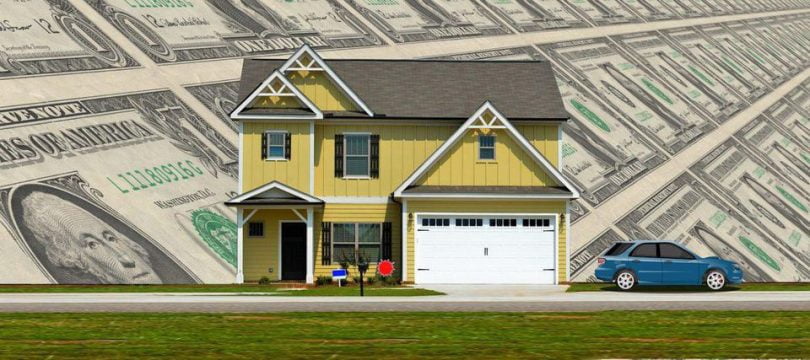Many young people can’t afford to buy their own homes. Yet, there was a time when people graduating from college could hold a reasonable expectation of home ownership. Since the bottom fell out of the housing market in 2009, home prices have been steadily increasing to a point where this expectation has become unrealistic. According to U.S. Census Bureau, home ownership rates for all age groups were lower in 2017 than in 2006, the year before the Great Recession; householders between 35 and 44 years of age showed rates 10 percentage points lower in 2017 than in 2006. Concurrently, the stagnation of wages in the U.S. over the last generation has told a bleak story, according to the Economic Policy Institute. Since 1979, while productivity has grown by 75 percent, the hourly median wage has grown less than 10 percent in real dollars, or an average annual raise of barely 4 cents per hour.
Against these formidable odds, however, some young people are actually doing it. How are they managing? We commissioned an economics consultancy to find out. We wanted to chart the unacknowledged, hard to detect, invisible financing that is keeping the dream of home ownership alive.

